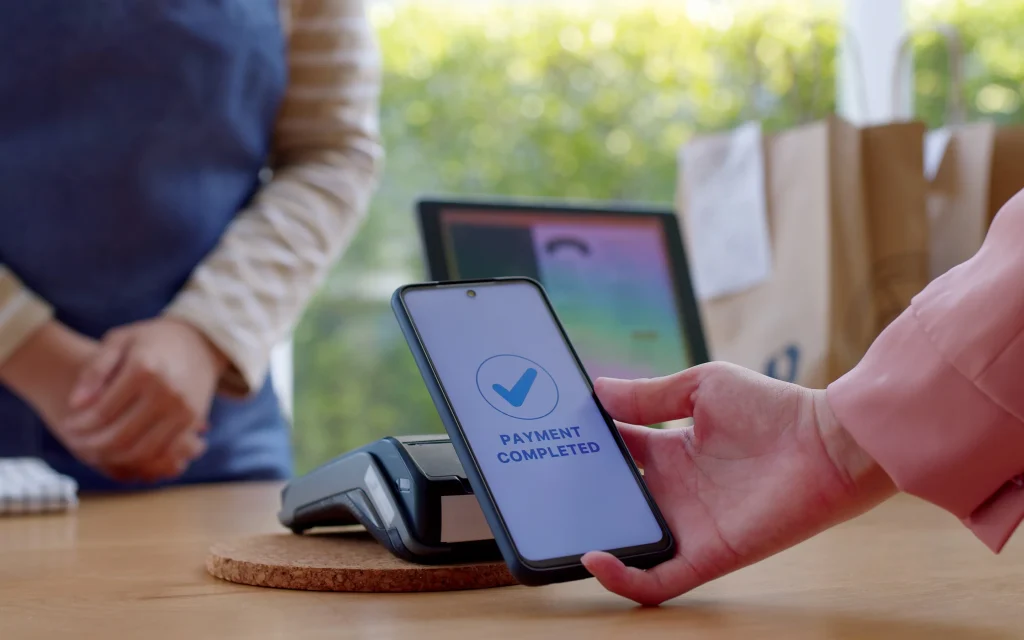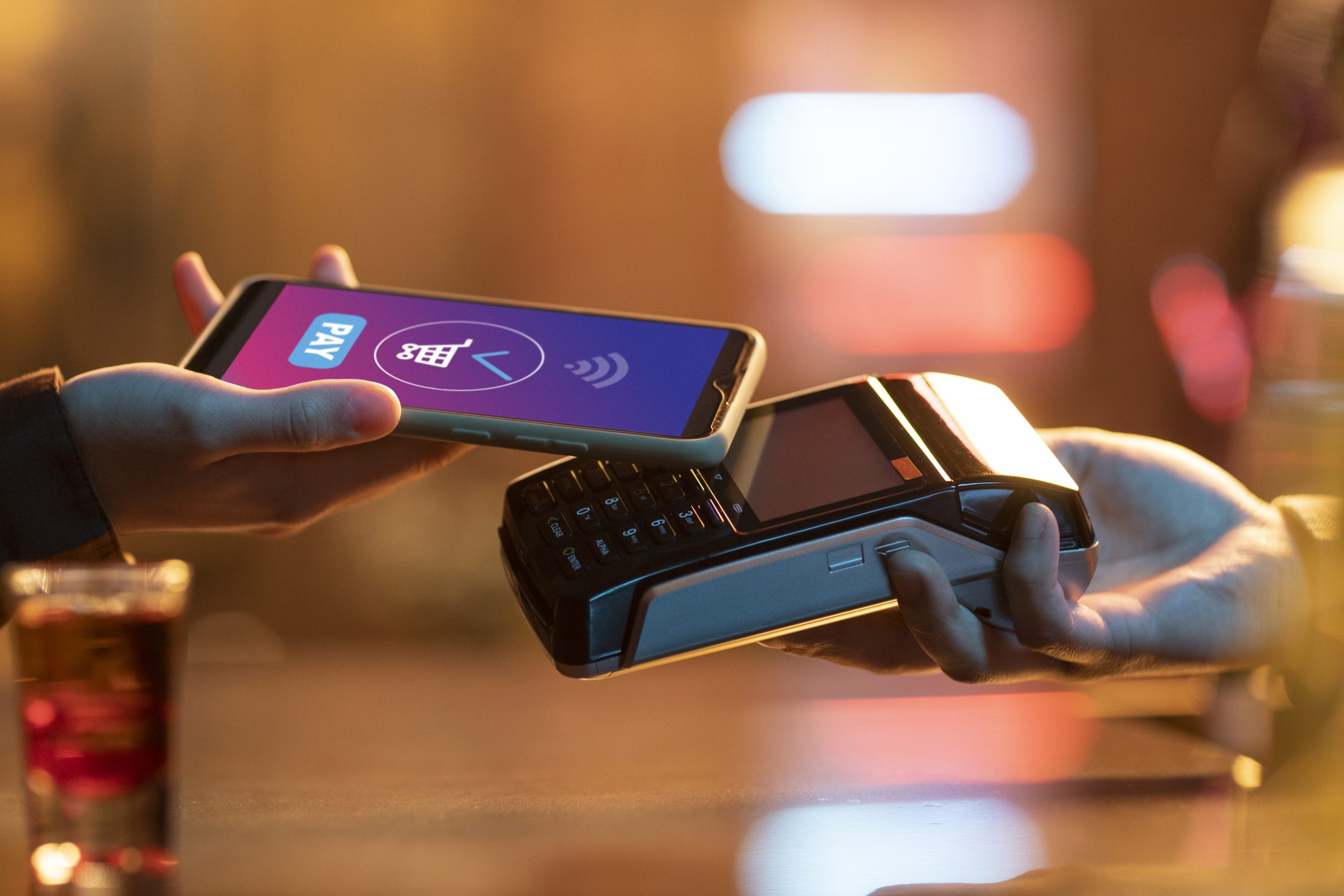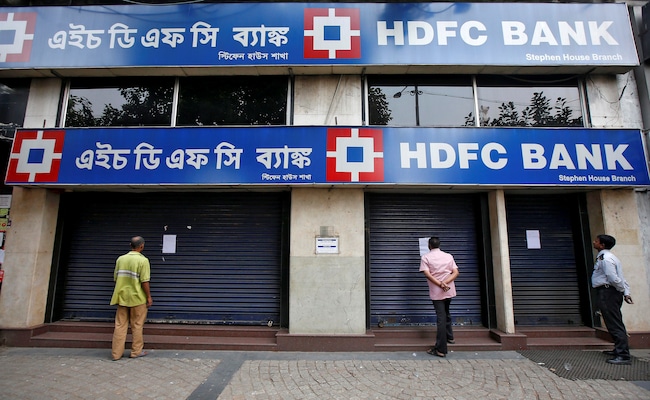The payment card industry is constantly evolving, especially in the United Kingdom, where innovative trends are reshaping the way consumers and businesses handle transactions. From the rise of contactless payments to the increasing adoption of digital wallets, several key developments are worth noting.
These changes have been accelerated by the COVID-19 pandemic, prompting a major shift in how people use their cards. As the UK continues to innovate, keeping abreast of these trends is essential for businesses and consumers alike. In this blog post, we will explore some of the most significant trends in the UK payment card sector, highlighting how each one is transforming the payments landscape.
Page Contents
ToggleThe rise of contactless payments

One of the most notable trends has been the surge in contactless payment usage. Initially popularized for their convenience and speed, contactless payments have become even more prevalent in the wake of the pandemic.
According to recent data, over 88% of card transactions in the UK are now contactless, reflecting a substantial increase from previous years. This shift has been driven by consumers’ desire to minimize physical contact and maintain hygiene.
The increase in transaction limits from £30 to £45, and now to £100, has also fueled wider adoption. As more retailers embrace this technology, the demand for contactless-ready terminals is skyrocketing. The enhanced security features of contactless payments, such as near-field communication (NFC) technology, also contribute to their growing popularity.
Users can complete transactions swiftly without entering a PIN, which reduces the risk of fraud and enhances the customer experience.
Mobile payments and digital wallets
Another significant trend is the rise of mobile payments and digital wallets. Applications like Apple Pay, Google Pay, and Samsung Pay have gained widespread acceptance, allowing users to make purchases with just their smartphones.
These platforms provide a seamless, integrated payment experience that appeals to tech-savvy consumers. Digital wallets offer several advantages, including added security layers like biometric authentication and tokenization.
These features make them more secure compared to traditional card transactions. Moreover, the ability to store multiple cards and loyalty programs within a single app makes them highly convenient. Businesses are also catching up, with many now accepting mobile payments alongside traditional card payments.
The growing infrastructure for mobile payments in the UK reflects their increasing popularity and future potential.
Buy Now, Pay Later (BNPL)
The “Buy Now, Pay Later” model has emerged as a game-changer in the payment card industry. Services like Klarna, Afterpay, and Clearpay allow consumers to split their payments into installments without any interest, provided they meet certain conditions. This trend appeals mainly to younger consumers who are looking for flexible payment options without traditional credit card debt.
BNPL services are particularly popular in the retail sector, where they can facilitate higher sales and lower cart abandonment rates. The growth of BNPL services has also prompted regulatory scrutiny to ensure responsible lending and protect consumers from potential pitfalls. As this payment method continues to evolve, it will reshape the financial habits of many UK residents.
Enhanced security measures
With the increasing reliance on payment cards, there has also been a corresponding rise in the need for robust security measures. The introduction of technologies such as EMV (Europay, Mastercard, and Visa) chips, biometric authentication, and tokenization has significantly improved card security.
EMV chips have made it harder for fraudsters to clone cards, while biometric methods like fingerprint and facial recognition add an additional layer of security. Tokenization replaces sensitive card details with unique tokens during transactions, making it harder for data breaches to occur.
The implementation of the Strong Customer Authentication (SCA) mandate under the PSD2 directive also requires two-factor authentication for online transactions, reducing the risk of fraud. These advancements help instill confidence in consumers and businesses alike.
AI and machine learning in fraud detection
Artificial Intelligence (AI) and Machine Learning (ML) have become pivotal in combating card fraud. These technologies enable real-time transaction monitoring, identifying unusual patterns that may indicate fraudulent activity. AI-driven systems can quickly adapt to new methods of fraud, providing a proactive approach to security.
They analyze vast amounts of transaction data to detect anomalies, flagging suspicious activities for further investigation. This technology not only improves security but also enhances the customer experience by reducing false declines and ensuring legitimate purchases are not hindered.
Tokenization beyond payment cards
While tokenization is widely used for securing card transactions, its benefits are now being extended beyond payment cards. Financial institutions and businesses are using tokenization to protect other types of sensitive data, including account numbers and personal identification information.
This broad application of tokenization enhances overall data security and minimizes the impact of data breaches. As more organizations adopt this approach, the trend towards comprehensive security measures will continue to grow.
The evolution of tokenization demonstrates the ongoing commitment to safeguarding consumers’ information in an increasingly digital world. By leveraging this technology, businesses can ensure a higher level of trust and security.




